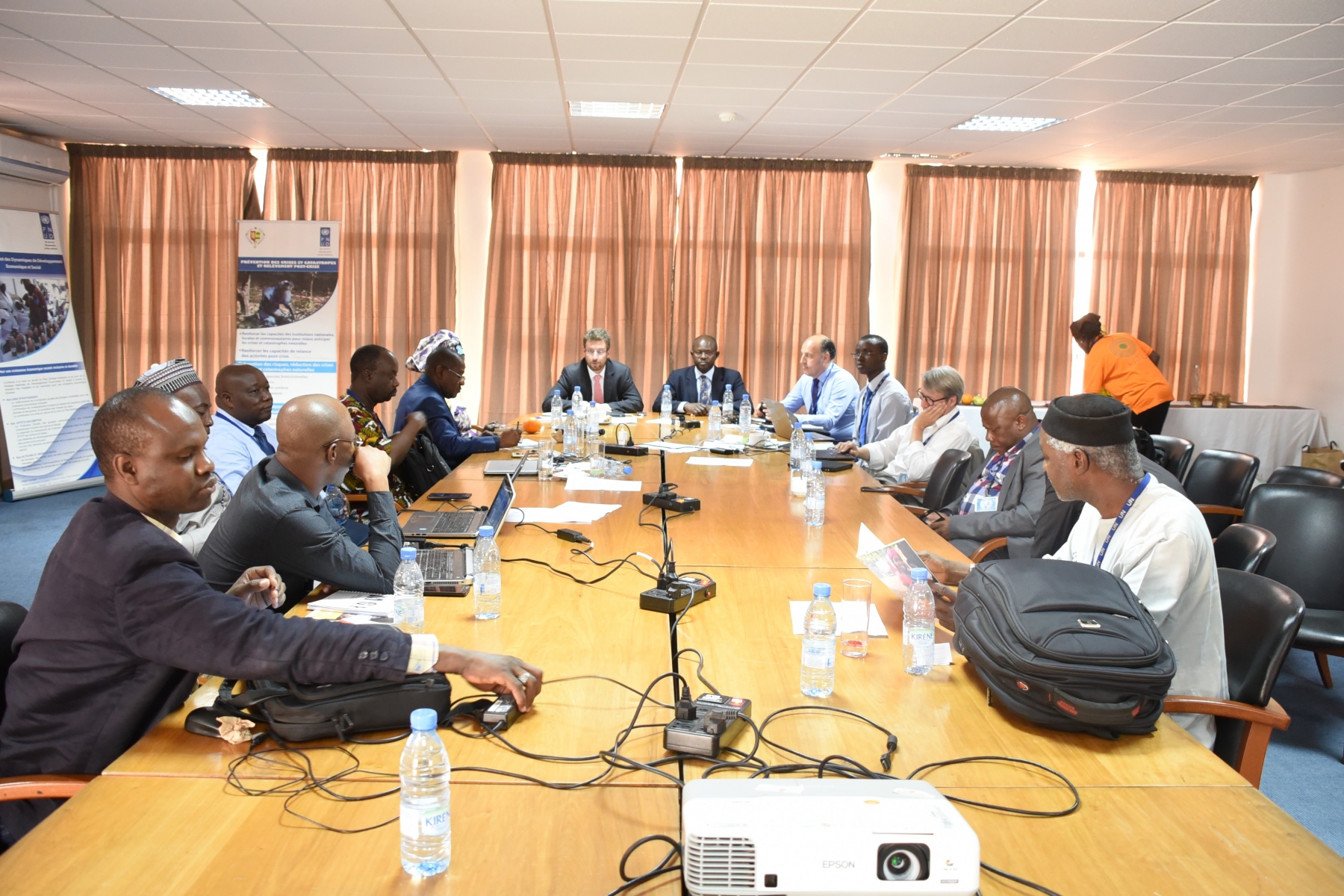Objectives of the service
The objective of the TTSat service is to provide an integrated information system delivering real time data collection and alert from / to all sites in a national territory, including remote sites located in the so-called "white areas" where there is no telecommunication infrastructure.
TTSaT is a next generation global solution for epidemiological surveillance, alert and response, designed to fit the operational needs of developing economies. It is an all-around service for epidemiological surveillance, alert and response that provides a multi-feature centralized platform that collects data in real-time and produces key indicators that can guide health policies. It combines an existing integrated information system for epidemiological surveillance, alert and response, called "epiSat" and developed by TELEMEDICINE TECHNOLOGIES with a TTSat satellite service developed by CLS Collecte Localisation Satellites, a CNES's subsidiary) in the frame of this project.
The TTSat flagship product consists in a satellite terminal system easy to install and re-deploy depending on the availability of the local 3G networks.
Users and their needs
Targeted users are the UNPFA (United Nations Population Funds) representatives located in Senegal, Guinea and Benin. This project is implementing a general solution of numerical health management in these 3 countries. This management covers all the stages starting from health monitoring to data management in the health centres and an aggregation and restitution of this data classified according to the needs: the patient (s), the health centre management, the geographical events, the alert criteria’s, early detection and response actions.
UNFPA have expressed their priorities in terms of specific objectives:
- Reduction and elimination of maternal death,
- Gender equity,
- Access to healthcare for all women.
A workshop with the users was held in April 2018 in Dakar, Senegal and it has been agreed that the developed solution will be integrated in the existing health initiatives in each country. The future system will be compatible with the epidemiological data centre installed within each Ministry of Health. A real synergy is hence implemented so that all health structures (hospitals, regional and local health centres and remote sites) can be connected.
Each country has expressed specific needs according to its topographic conditions, (raining season for instance) and status of existing health organisation (reporting methods, type of data to be collected, GSM coverage). It has been agreed that a common denominator related to routine surveillance needs is provided by each country.
The following users / stakeholders will participate in the pilot demonstration:
- The central health services (Ministry of health) of the participating countries
- The UNFPA representatives as the international agency. A cooperation will be established with WHO and the other regional organizations such as the OOAS.
- The peripheral and intermediate health centres in the sites where the TTSat terminals will ultimately be deployed for the purpose of the demonstration.
During the pilot project phase, Benin, Guinea and Senegal will test and validate the solution and it is expected that it will be developed to all Sub Sahelian and Western African countries.
Service/ system concept
The main components of the targeted TTSat terminal consist in a satellite outdoor unit (modem + antenna + battery), a zero maintenance solar panel and an "indoor" unit (that actually can be used either outdoor or indoor) which purpose is to manage wireless communications with the mobile data entry terminals (smartphone, tablet …).
The customer data centre is autonomous in managing and storing all the collected data. Data can be collected either via the satellite service (in white areas) or via the local terrestrial networks (GSM …) where available. The "business" server application is hosted in the data centre of the customer. This server module communicates with the CLS Data centre for all what has to do with the satellite service and network management services.
The designed satellite system is intended to complement the existing telecom infrastructure enabling IP data transmissions: GSM mobile networks, fix internet service (ADSL) and this dimension needs to be demonstrated.
The ultimate goal is to demonstrate the capacity of the delivered integrated system to take advantage of all existing telecom infrastructure in a sustainable way and with a high availability ratio. It is also the objective to demonstrate
the capability of the system to provide homogeneous coverage of a large geographic area, including "white zones" with poor or unstable terrestrial telecom infrastructure and with poor power supply and maintenance capabilities.
Space Added Value
The TTSat service mainly requires two space assets: GNSS and satellite telecommunication. There is also the potential to use Earth Observation data to establish epidemiological predictive risk maps in a short future.
The project is being implemented in areas with low, unpredictable and unstable, or no GSM connectivity available. Hence, the use of satellite telecommunication services in the project will allow complementing the connectivity network to ensure that health centres in remote and not connected areas can be linked /plugged to the national health information system and with a high availability ratio.
In developing countries, IP communication networks (GSM or fix internet service) are mainly developed in urban areas, and even there, the average quality of the network is very much fluctuating.
Even if the situation has evolved positively in recent years, one can conclude that a high rate of rural areas does not benefit of an efficient mobile internet service.
The TTSat service shall enable to cover these white areas. It shall also be easy to install and re-deploy depending on the improvement of the local 3G networks as they become available. This piece of telecom infrastructure needs to deliver a reliable service in the longer term: it must be economically sustainable regarding the local conditions and shall not be dependent on external power supply services.
Current Status
The project had a successful kick-off event in Dakar, Senegal on April 24 & 25, 2018. Hosted by the UNFPA regional office in Dakar, the event gathered representatives of the different user groups (officers from the ministries of health of Benin, Guinea and Senegal). During a 2-day workshop, the user needs, the user requirements and the pilot objectives have been discussed and validated. This was also the occasion to introduce the plans for the pilot operation activities, which are set to start by December 2018.
In addition, the project successfully passed the Baseline Definition Review milestone, held at TELEMEDICINE TECHNOLOGIES premises, Paris (France), on 16 May 2018 and the Critical Design Review, held in CLS premises, Toulouse (France) on 18 October 2018.


Prime Contractor(s)
Subcontractor(s)





